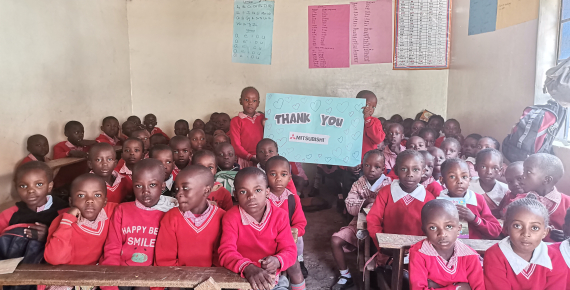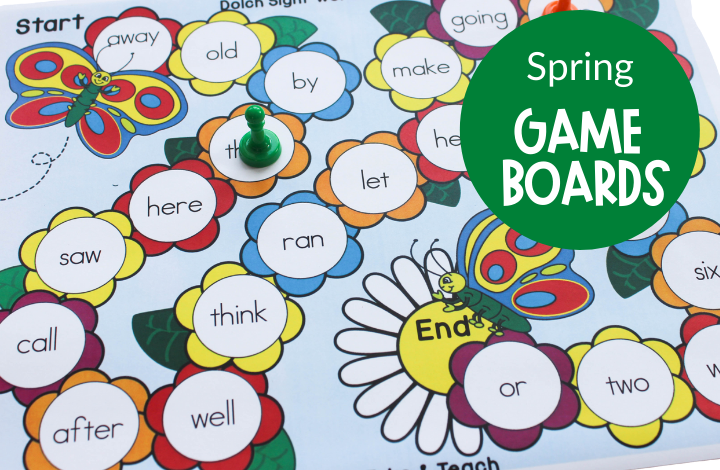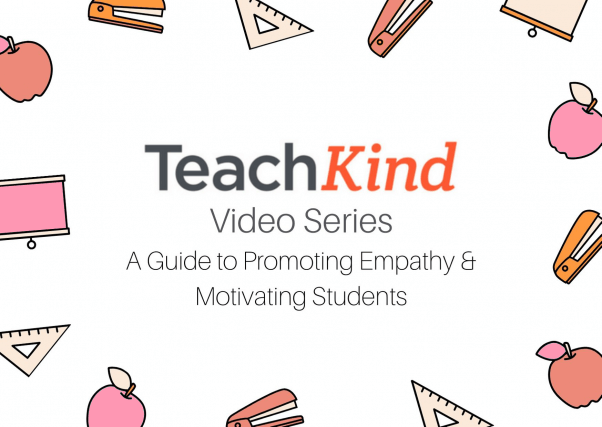Best Tips To Choosing Italian Kindergarten Teaching Support
Wiki Article
What Is The Informational And Educational Content That Primary And Secondary Schools Require?
In order to support their students' learning and development elementary schools and kindergartens must provide a range of informational and educational materials. There are certain materials that may be required like: Curriculum materials - These are the materials designed to support and enhance the learning goals outlined in the school's curricula. Examples of the materials that may be needed include: Curriculum materials- These materials are designed to help support the learning objectives of the curriculum at school.
Classroom supplies- Classroom supplies such as pencils, paper, glue, scissors, and other art supplies are essential for young children to complete their tasks and projects.
Educational technology - In the technological day, education technology like computers, tablets and interactive boards can be utilized to improve education and provide additional sources for students.
Books - The primary and kindergarten schools require a wide range of literature that is appropriate for the age group to help children learn and encourage language development.
Play with puzzles, blocks or games for your child to develop their spatial awareness.
Visual aids. Visual aids such as posters, charts, and maps can help children comprehend and retain important concepts.
Art and music materials Music and art materials such as instruments, paints and clay supply children with a creative outlet and help them express themselves.
Safety materials - It is important to provide safety materials, such as posters with fire extinguishers as well as emergency procedures to ensure that students and staff are protected.
Overall, kindergartens and elementary schools require a wide range of educational and informational materials that create a fun environment and a safe learning atmosphere. Follow the best sostegno scuola infanzia for site recommendations.

What English didactic cards should be used in Italian nursery schools?
English didactic cards are helpful in introducing young children in Italian nursery schools to the English language. It is worth using these types of English-language didactic cards: Alphabet Cards: Alphabets can help kids learn the English alphabet and sound. The cards could be illustrated using animals or objects beginning with every letter. This will make learning more exciting.
Vocabulary Cards: Vocabulary cards will help kids understand the meaning of common English words. These cards may include illustrations or photographs of animals, objects, or people, along with the appropriate English word printed on the card.
Sight Word Cards Sight words are utilized to teach kids basic English words, which are often used in both written as well as spoken English. These cards may feature simple phrases or sentences with the sight word highlighted.
Children can learn to read English by playing phonics games. They could feature pictures of words or objects, along with the appropriate phonetic sounds written on the card.
Conversation cards. These cards aid children to develop their English conversation skills by engaging in conversations between themselves and their caregivers. These cards can feature easy questions or prompts that inspire children to share their thoughts and ideas.
Select English didactic cards for children that are engaging and age-appropriate. These cards allow caregivers and teachers to design exciting and enjoyable English activities that stimulate children's curiosity. Read the most popular schede didattiche inglese for blog tips.

What Kinds Of Science-Related Materials Will Italian Schools Require To Support Their Teaching?
The use of science-based teaching material in Italian nurseries can be a fantastic opportunity to get youngsters to investigate and learn about what's around them. Here are a few examples of when science teaching materials may be required curriculum and lesson plans A well-constructed lesson program and curriculum that integrates scientific concepts will help to ensure that the children are exposed to and understand many scientific concepts.
Manipulatives (and visual aids): Manipulatives, such as magnifying spectacles nature-based specimens, easy science experiments kits, and charts and posters, could help teach children scientific concepts using a hands-on, visual approach.
Videos and books. Books that focus on science-related topics, such as animals, plants, weather and space, are great for children to be entertained and provide more resources.
Outdoor learning spaces: Gardens and playgrounds provide children with the opportunity to discover and explore nature.
Parents' involvement: Involving parents in the science curriculum can help reinforce the concepts learned in nursery and promote the involvement of families in learning.
Assessment Tools: Assessment tools can be useful for teachers and caregivers to track children's development and identify areas where needing additional assistance.
It is important to make sure that the science-based teaching materials that is provided is appropriate for children of the ages of 0 to 5 years old. children. These materials can be used by caregivers and teachers to design engaging and interactive science lessons that stimulate children's curiosity. See the most popular sostegno scienze for blog info.

What Are The Best Materials For Teaching Geography In Italian Schools?
Italian nurseries are able to provide children with geography education materials that assist them in developing a better understanding of their world and also teach them about different cultures and the world. Here are a few examples of geography-related teaching materials that are recommended: Maps: Maps can aid children in understanding the geography of various nations and regions, as well as the exact location of landmarks and natural features.
Globes: Globes can help children visualize the earth's surface and discover the various oceans and continents.
Videos and pictures: Pictures and videos of different places and cultures can help children understand the global diversity and build a love for various ways of life.
Books: Books featuring different countries and cultures will help children gain an interest in the world of geography and an awareness of curiosity about the world.
Natural substances. Shells and plants are great for teaching children about ecosystems.
Field Trips: Children are able to gain valuable geography knowledge through excursions to local parks, zoos and museums.
It is vital to choose geography materials that are culturally and age-appropriate. Teachers and caregivers can make use of these resources to design engaging and interactive activities in geography that encourage children's curiosity as well as love of learning about the world that surrounds them. Read the top rated schede didattiche geografia sostegno for more info.
